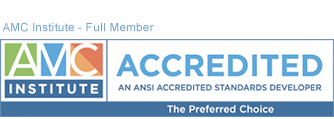Another in a series of articles related to association management selected from our reading list by:
Robert O. Patterson, JD
CEO/ Principal
The Center for Association Resources, Inc.
In fulfilling their missions, nonprofits must make a plan, lest they follow the adage that those who don’t know where they are going will certainly get there. Strategic planning is a sort of road map that allows organizations to plan where they are going, how they will get there, and what benchmarks will prove that they have met their goals. An analogue is the business plan of a for-profit venture. However, the methods and the goals may be slightly different.
In addition to mechanics of fulfilling the mission of the organization, it is important for the binder to include materials that both present and illustrate the vision and values of the organization. During strategic planning, planners may even notice that a modification of the mission statement is necessary because of an evolution in the organization’s practice or purpose. Examples of how the values of the organization have been implemented in the past can be an important tool in planning for the future. While day-to-day management of the organization is not the focus of a strategic planning session, it should be included from an eagle’s-eye perspective. One thing to include in written materials is a list of key positions and how they support the fulfillment of the organization’s mission.
No matter what direction strategic planning takes, it is important to remember that whatever is determined must boil down to tangible steps and measurable results. If planners combine these with their passion for the work of the organization, strategic planning has the greatest chance of being successful. As planners take things a step further and clearly communicate the results and expectations of planning to the people within the organization who are affected, something commonly overlooked, they are planning for success.







